BMW has revealed its new-generation Efficient Dynamics petrol and diesel engines. The company claims the new engines offer marginally better economy, as well as smoother running, improved acoustic qualities and - especially with the diesels - much more efficient pollution control.
The engines are designed for transverse and longitudinal installations so will be used in future Minis as well BMWs. The company isn’t saying when the new engines will arrive, but it’s likely some will appear first in the all-new BMW 5 Series, which is expected to go on sale later this year.
The German car maker is promising around a 5% cut in CO2 emissions, 7bhp more power and about 15lb ft extra torque. However, it’s thought the redesigned engines have been primarily optimised to reduce exhaust pollutants as much more stringent regulations come in globally over the next decade.
The three-cylinder petrol engines now come in 95bhp/162lb ft and 114bhp/199lb ft guises. The four-cylinder powerplants are available with 147bhp/248lb ft, 188bhp/295lb ft and 231bhp/331lb ft.
Both the three-cylinder and four-cylinder petrol engines get BMW’s ‘Twin Power’ turbo set-up, which consists of direct fuel injection, Valvetronic variable lift for the inlet valves and Double Vanos variable timing for the exhaust and intake valves.
The exhaust manifold and turbocharger are now housed in the cylinder head and a new direct fuel injection system operates a maximum pressure of 350 bar – rather higher than in the current generation of petrol engines. BMW says this allows for more accurate metering of the fuel and, as a result, lower emissions of pollutants.
The new cooling system should also reduce pollutants by optimising the combustion process. This features a coolant pump with two separate outlets – one for the head and one for the block. The two parts of the engine ideally need to be cooled at different rates.
Both engines still have balancer shafts, but the unit for the three-cylinder engine has been redesigned. A single-piece timing chain is used to help reduce noise.
The new diesel engines also promise a 5% drop in CO2 emissions and an emphasis on reducing exhaust pollutants. All of these new four-cylinder diesel engines now get twin-turbochargers - something previously reserved for the most powerful BMW diesel engines.
The low-pressure turbocharger (used at lower engine speeds) has electrically adjustable vanes and the high-pressure turbocharger is integrated into the exhaust manifold. There’s also a switchable cooling system for the low-pressure turbocharger.

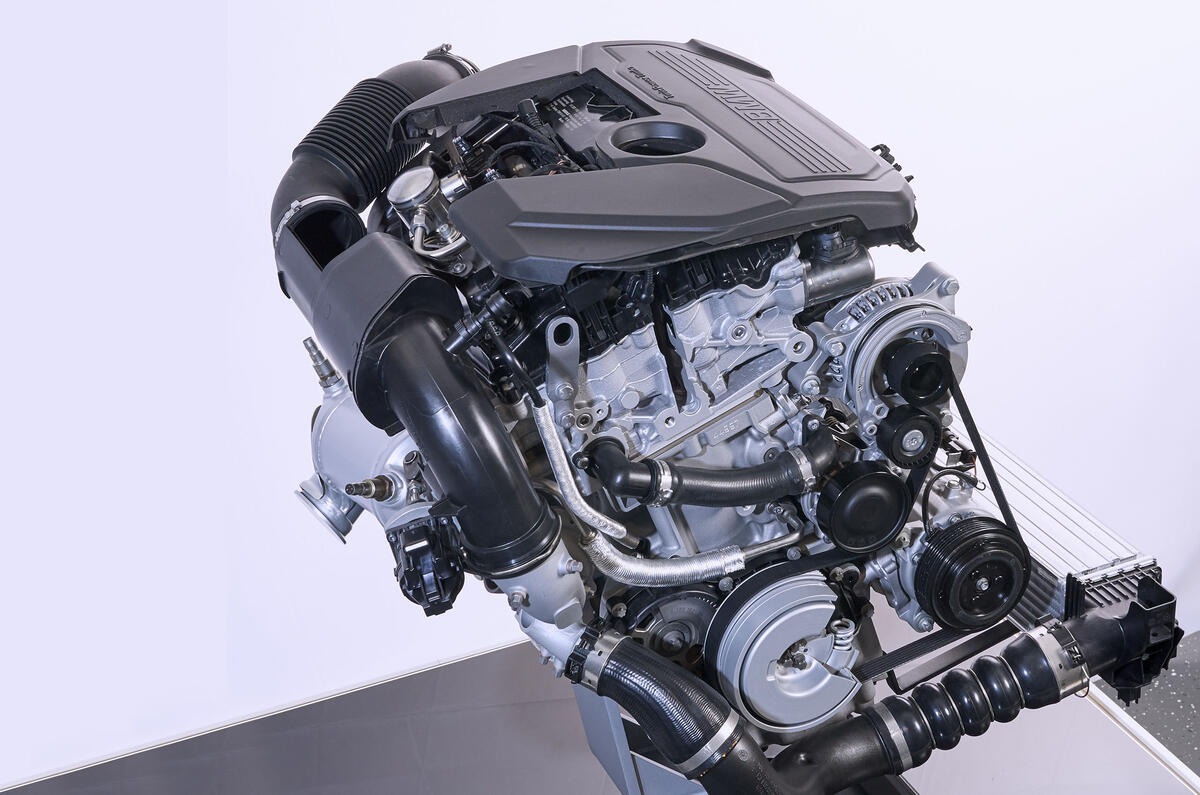
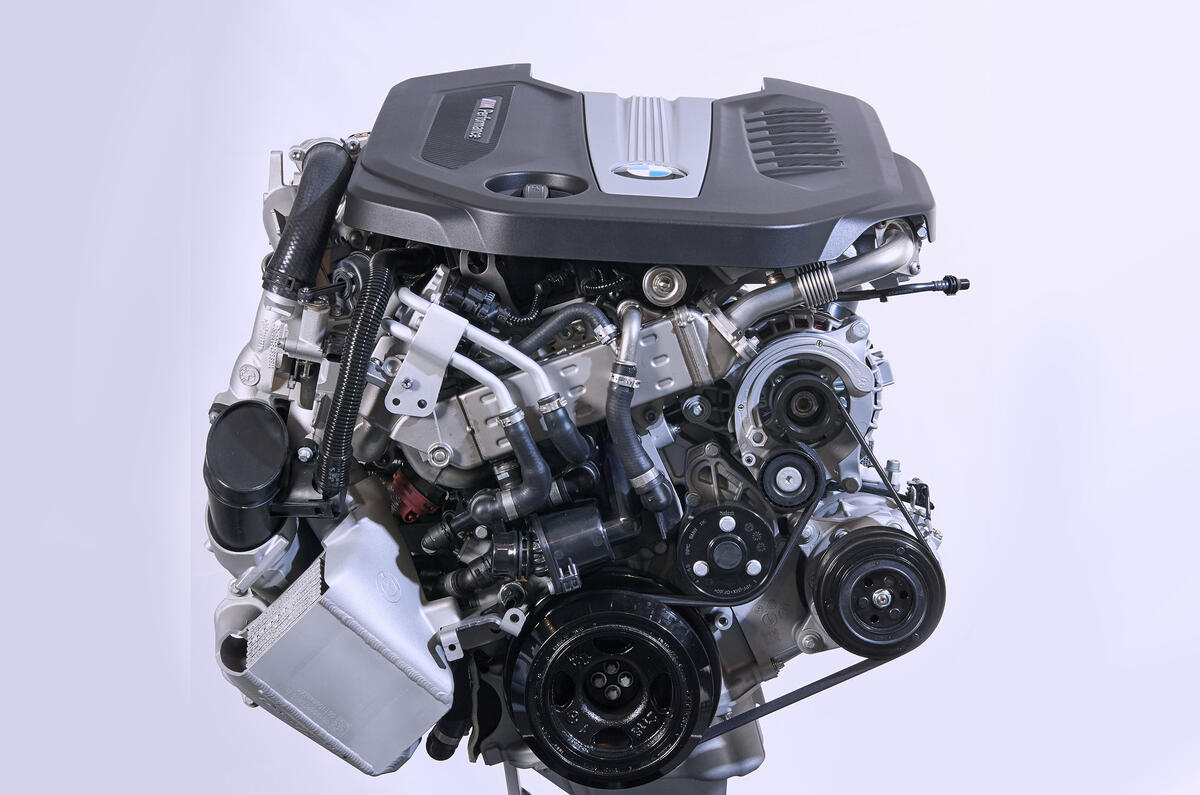
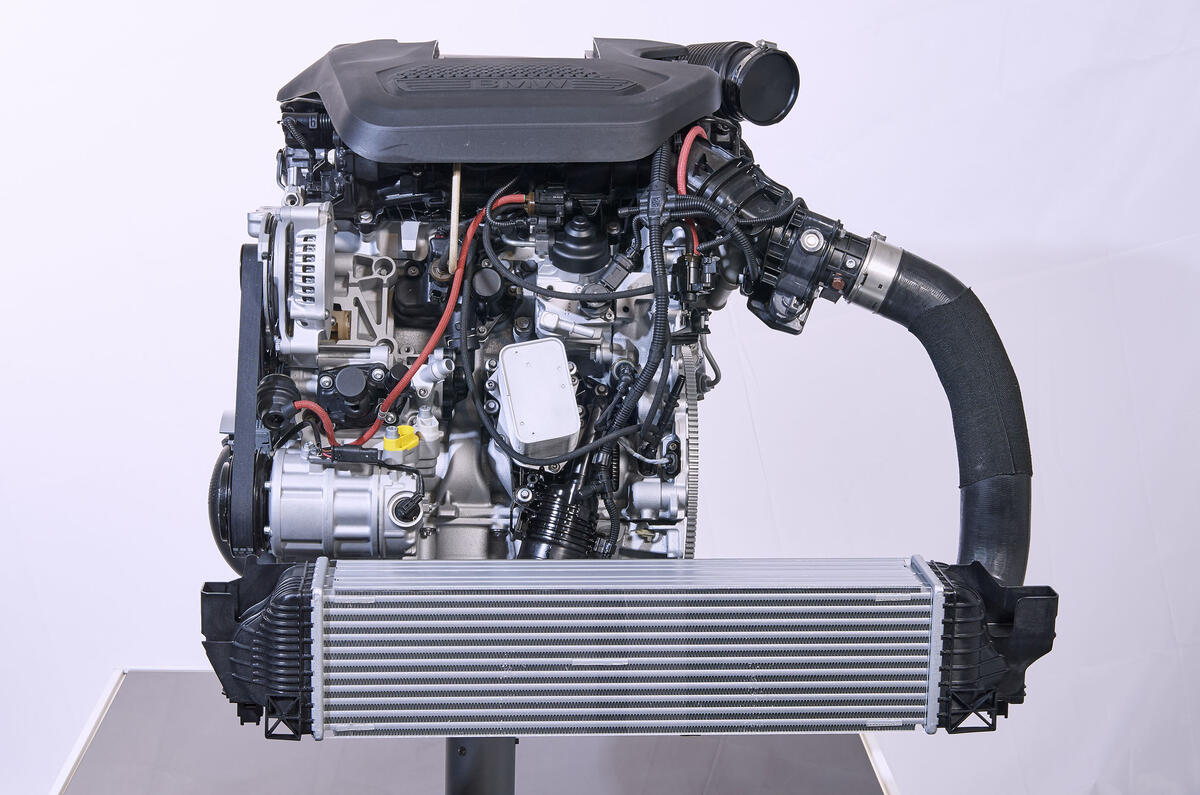
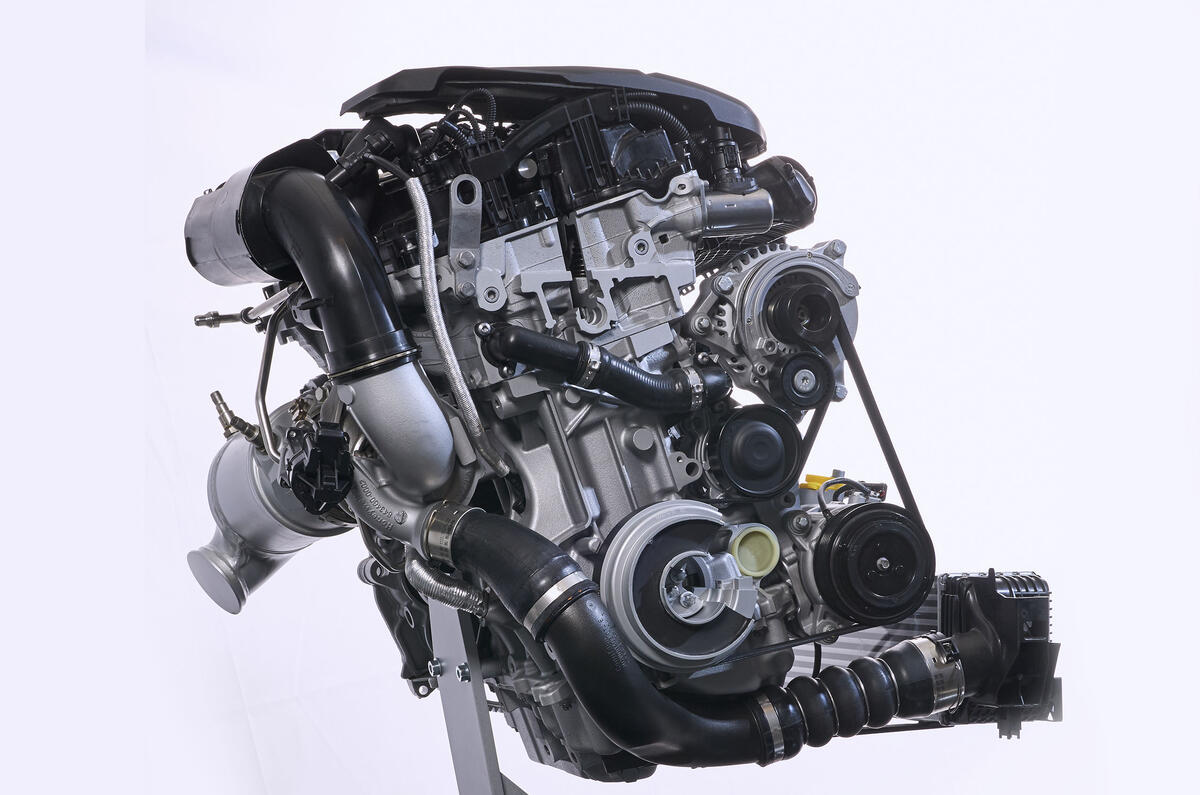
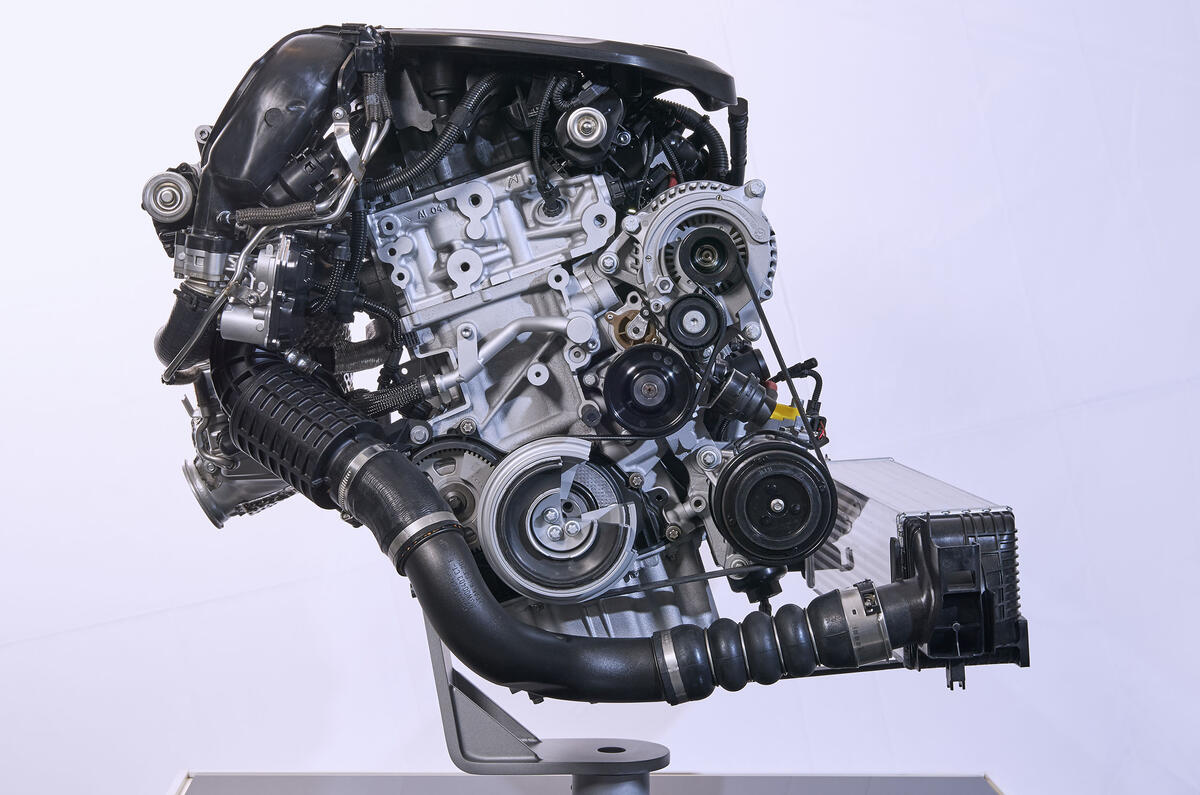


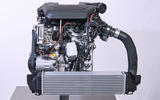
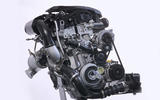
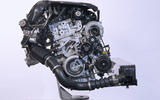


Join the debate
Add your comment
Beautiful
Complicated!
Well done
hedgehopper, I assume 'one piece chain' means that there is a single timing chain going from the crank to the camshafts as opposed to a primary chain from the crank to an intermediate sprocket and a secondary chain from there to the camshafts.